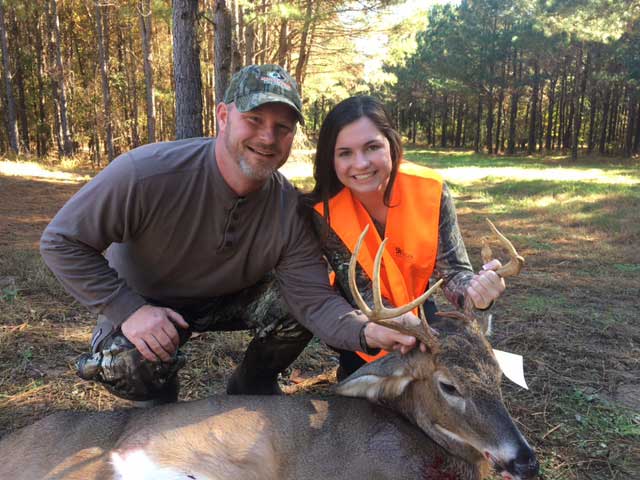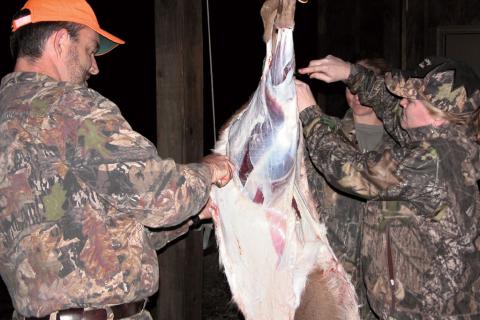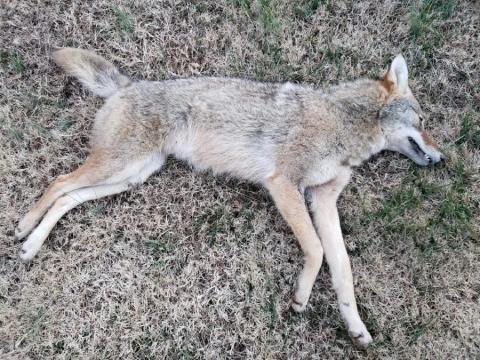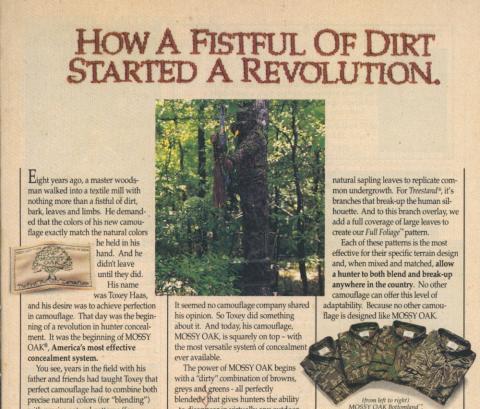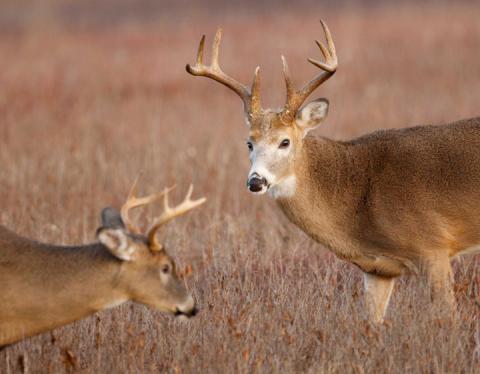Travis Leier | Mossy Oak ProStaff
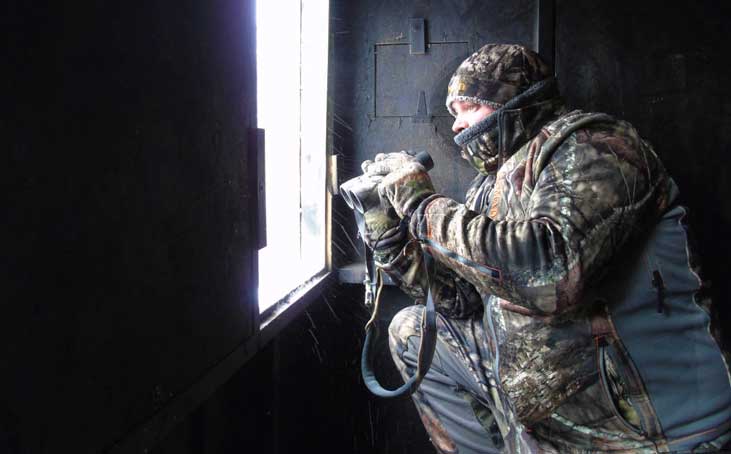
Most of the people who come to North Dakota hunt mule deer. I think one of the reasons that North Dakota whitetails are overlooked is because a few years ago we had a tremendous number of large mule deer taken from the state. A 30-inch inside spread of the mule deer’s main beams, that would score more than 190 inches, was often taken by people who came to North Dakota to hunt deer. North Dakota became the go-to state for monster mule deer.
Most people don’t know that in central and eastern North Dakota are numbers of places where you can hunt river bottoms and deep drop-offs (coolies). In these two sections of the state, you can be sitting on the edge of a field and have a deep coolie that perhaps drops off 70-feet deep and 100-yards wide. This is where deer often stay, especially in the early season. Once the snow gets deep, deer will remain on the sides of coolies.
I primarily hunt with a bow, but I also will hunt with a gun. In the past, I’ve mostly hunted from tree stands, but this year most of my hunting will be from ground blinds - just to be able to stay warmer. For most of deer season, the hunter’s number-one concern is how to stay warm while hunting. We often have minus-zero temperatures in North Dakota and possibility of 100 inches of snow, all factors that discourage deer hunters.
Our bow season usually starts around the end of August or the first of September. At that time of the year, the temperature is around 70 degrees. At the end of the season, the temperature may dip down to minus-10 or minus-15 degrees. Bow deer season usually ends the first week in January, and we only can take one buck with either a bow or a gun.
An archery tag is good for you to hunt statewide with a bow and take either a buck or a doe. The deer rifle tags are given out in the lottery, and the chances of drawing one of those tags is really dependent on the area you want to hunt and the number of tags available in those units. Although I am hunting on private land, I may go four years without being able to draw a gun buck deer tag on the unit I hunt. So, in North Dakota your best bet for being able to take a nice buck probably will be with a bow. You can purchase a bow deer tag over the counter.
Because of the limited availability of gun tags, the severe weather our state has in the late season, and the lack of information about hunting whitetail deer in North Dakota, these bucks don’t receive very much pressure and do have an opportunity to grow into the older-age classes. Most of the whitetails taken in our state are harvested by local hunters. The best buck I've ever taken scored 162 inches, but I have seen many whitetail bucks bigger than that. I typically can take my whitetail by mid-October, so I don’t hunt with a bow during the latter part of the season. But I can't hunt with a gun after I've taken my buck.
This year, I’m hunting a buck in the 170-inch class. My family owns 800 acres of land, and I pretty much can control the hunting pressure there. I have eight trail cameras out on the property and 10 acres of food plots where I’ve planted corn, canola, soybeans and milo. The milo is primarily for the pheasants. Most of my food plots are about an acre, and I have three or four plots that are about three acres each.
Travis Leier of Velva, North Dakota, has been hunting whitetails for 21 years and has been a Mossy Oak ProStaffer for over a year.
















